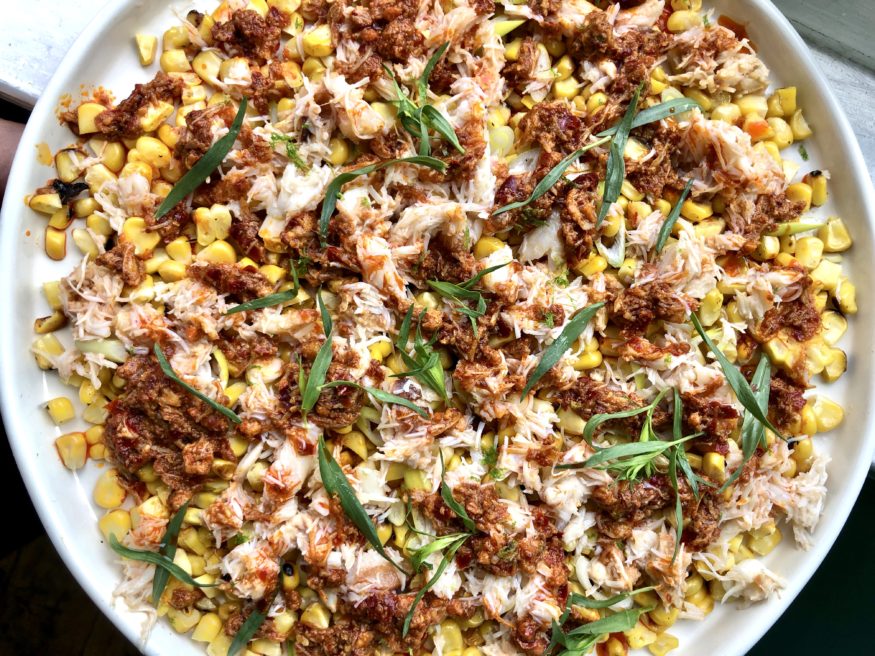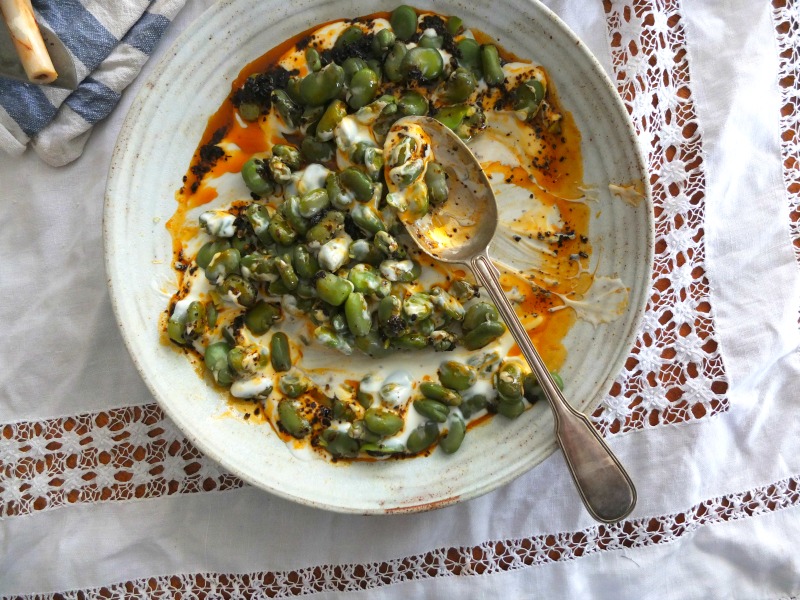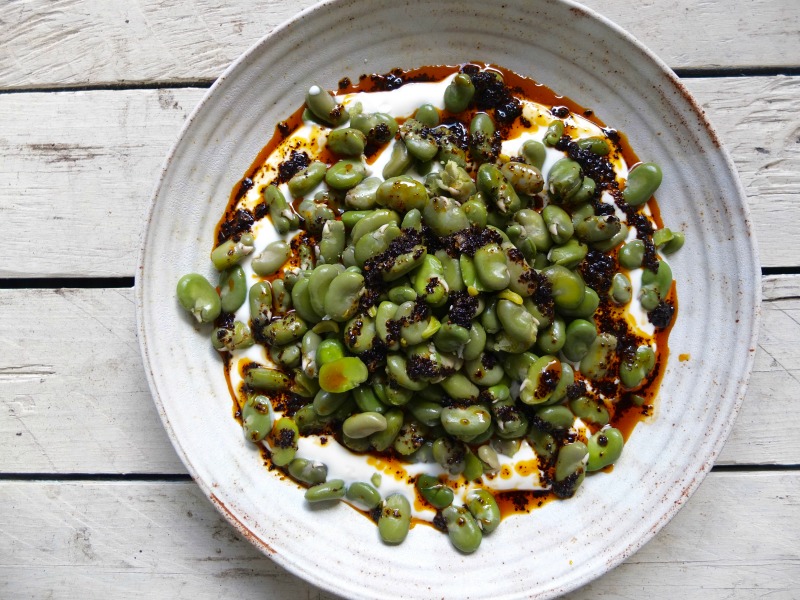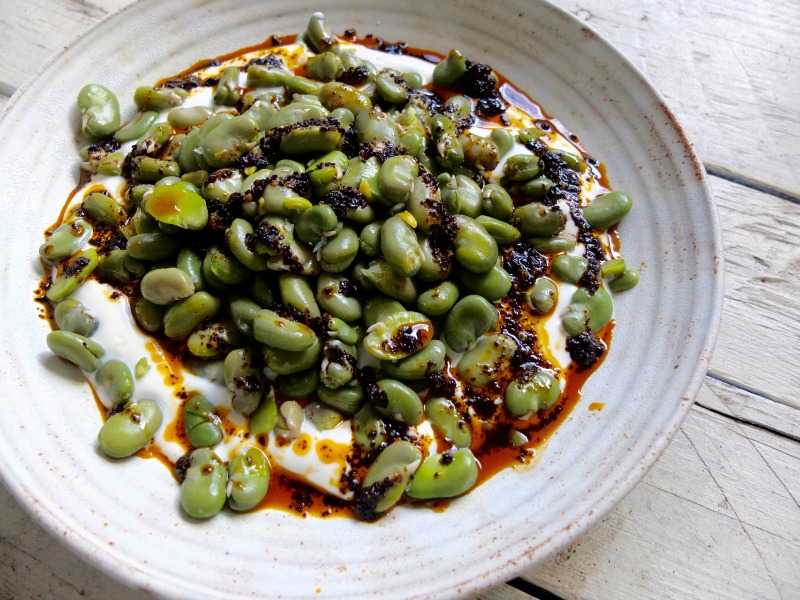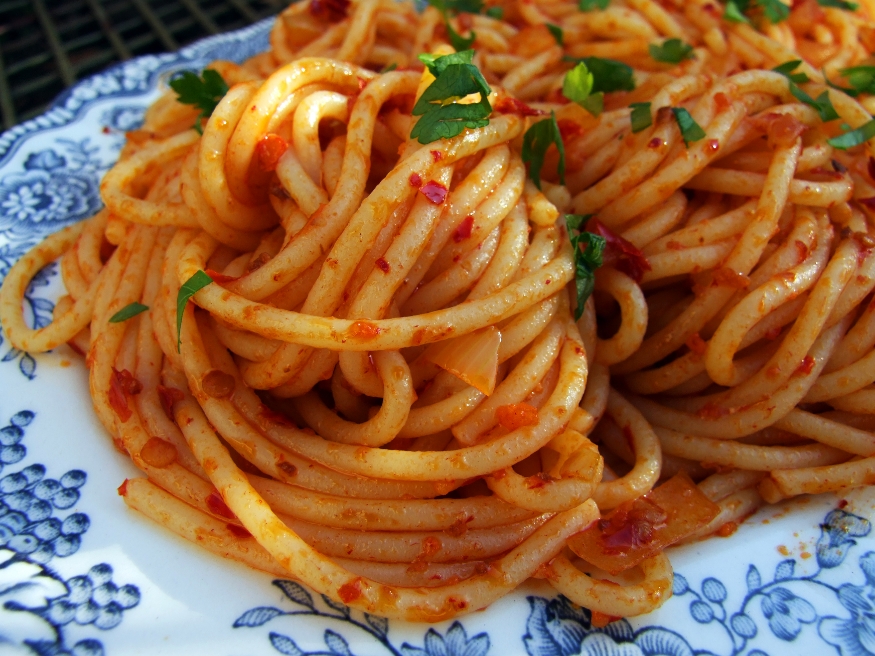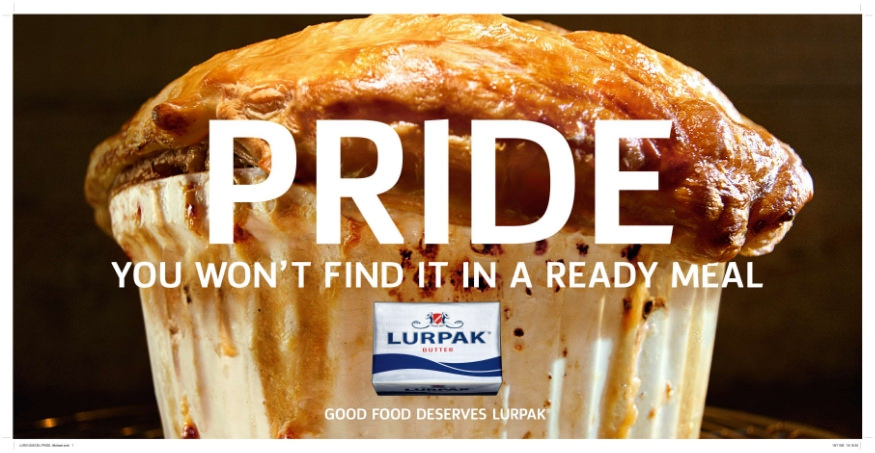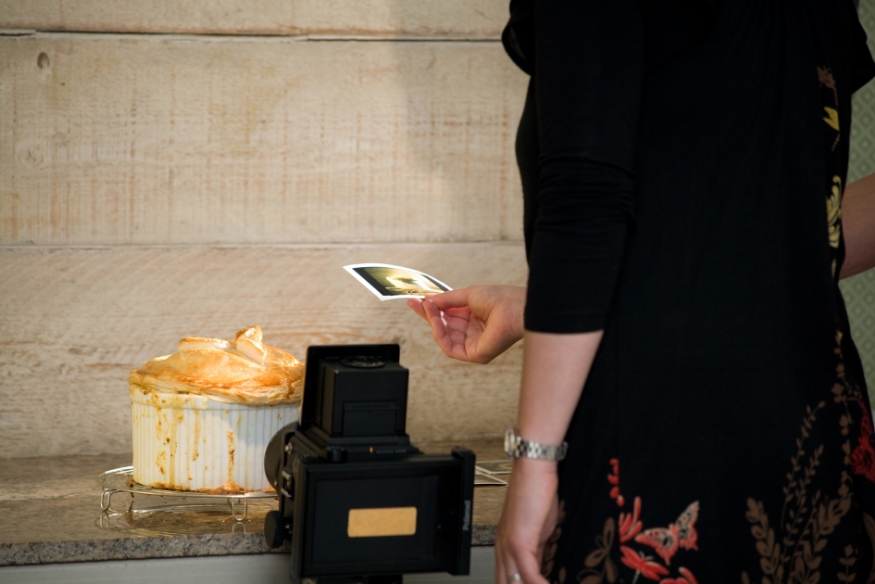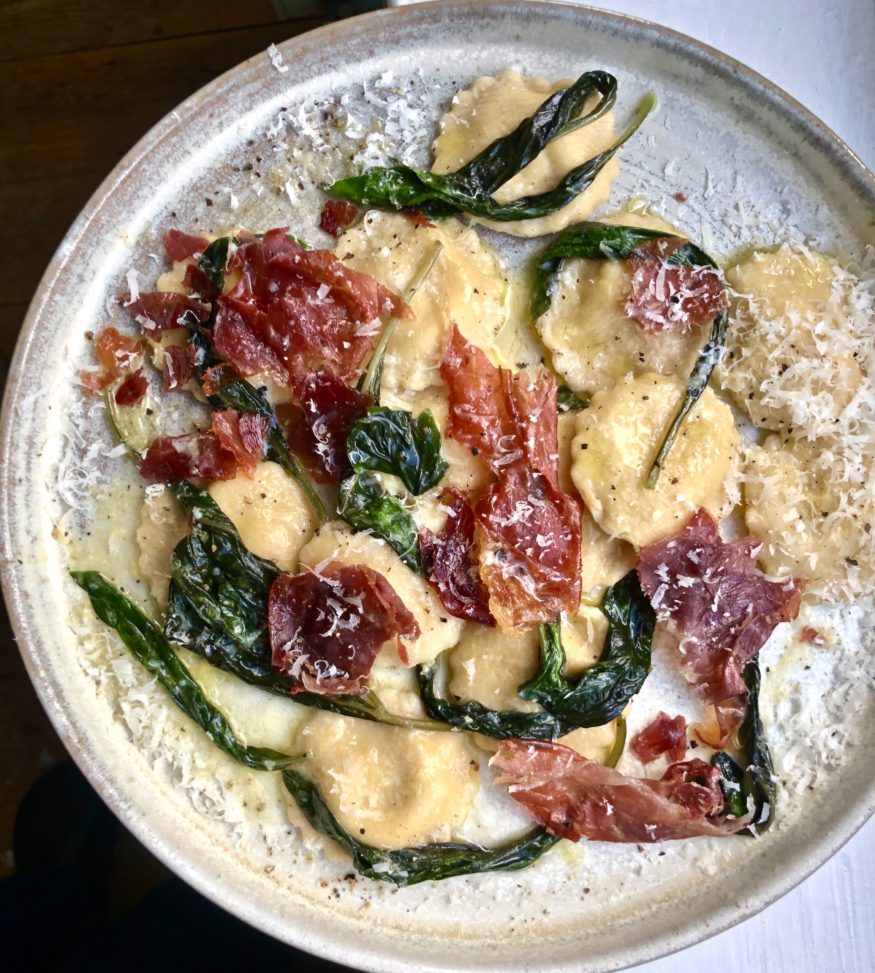
Burn out is something I thought happened to other people. I’ve always worked hard at juggling various commitments – a tough career as a freelancer, editing a magazine, desperately trying to finish a PhD, my personal life – but it’s always been OK. Friends who’ve been on the receiving end of cancellations or people I’ve lived with might feel differently but I always thought I was holding things together quite well.
Until three weeks ago. I felt it creeping in before I was due to go away on a work trip but ignored the signs and ploughed on. I’m tough, I work hard, this is what I do. I got sick before a 24-hour journey involving three flights and had to take to bed with tonsillitis for two weeks. I had conjunctivitis in both eyes – a strong look – and ended up feeling pathetic. More than the physical sickness though I was just at the end of my tether – at the end of being committed to doing things, done with getting out of bed and definitely 100% through with cooking.
Trying to find energy to cook when you’re feeling down is bad enough but my problem is that I actually can’t. I genuinely seem to lose the ability and end up making horrible food. So many people say they cook ‘to relax’ or ‘forget about problems’ but that’s not my motivation at all. I cook because I love creating beautiful food and because I’m greedy. I cook because I have an idea of what I want to eat and nothing else will do. I cook because I like eating my own food better than almost anyone else’s.
When I’m upset, it’s like my anger channels into my hands and my mood darkens every dish. Once, during a particularly gloomy period, I didn’t cook for a whole six months.
The good news is I think this curse might be coming to an end. I made soothing chicken soup when I was beginning to feel better, trekking to the butcher to get chicken wings and carcasses (then lying down for an hour before I could begin). So when yesterday became the first time serious cooking was on the cards it felt fitting to make something fairly time-consuming, like pasta.
I had my first taste of sweetcorn ravioli at London’s super-hot-right-now 10 Heddon Street. Why have I never come across this before? I fell in love with the dish and made a note to rip it off as soon as possible. My take is packed with fresh corn cooked down with butter, shallot, an absolute metric f*ck tonne of smoked garlic and a swoosh of fluffy ricotta. I added salty crisp Parma ham and more melted butter on top, along with wilted basil and a heavy Parmesan snowfall. I made it and I didn’t immediately share it on Instagram as usual. Instead, I went to sleep on the sofa for an hour and was only woken up by the church bells ringing across the road – nowhere near as romantic as it sounds.
I still found myself itching to get here and start writing and had to check myself because old habits die hard. I’ve been writing and posting recipes on this site for nearly 12 years, which is an extraordinary length of time to do something you only get paid for occasionally. I guess it just has to be more on my terms now, as I learn how to balance this very weird life I’ve chosen to lead.
I think I might finally have the motivation again.
Sweetcorn Ravioli with Crispy Parma Ham, Butter and Basil Recipe
(makes around 30-50 ravioli, depending on the size of your cutter. Mine was quite small so made 50. You will feed 4 people with a big side salad)
For the pasta dough
200g 00 flour
2 eggs and 1 egg yolk
Pinch of salt
Fine polenta, for dusting
For the filling
3 cobs sweetcorn, kernels removed
Half a bulb (around 8 cloves) smoked garlic, crushed
3 cloves regular garlic, crushed
50g butter
3 heaped tablespoons ricotta
1 shallot, very finely chopped
For the topping
1 packet Parma ham or similar (around 6 slices)
Parmesan
Basil
Butter
Black pepper
Squeeze of lemon juice
Make the pasta dough first by making a volcano with your flour and sprinkling the salt on top. Place the eggs and yolk into the top of the volcano and bring it all together until you have a mass.
Knead for around 10 minutes for a good arm workout. It needs to be smooth and springy. Divide into 2 balls, wrap in cling film or a damp cloth and set aside at room temp for 1 hour while you make the filling.
Melt the butter and sweat the shallot and corn kernels in it for 10 minutes or so – do this on a very low heat so the corn doesn’t brown too much. Add the garlic and continue cooking for around 5 mins more.
Mix with the ricotta and season with salt. Set aside in the fridge while you roll out the pasta dough.
Use a rolling pin to roll each pasta ball into a strip 1cm thick. This makes it easier to pass through the pasta machine. Of course, you can roll it by hand but be prepared for a proper workout. Pass it through, working through the different settings until it’s as thin as possible – this is setting number 6 on our machine.
Scatter a work surface with polenta. Lay one strip of pasta down on it and use a ravioli stamp or cooker cutter to gently mark your ravioli so you know where to put the filling. You can also do this without a cutter, just by cutting around the filling afterwards.
Place half teaspoons (or larger, depending on cutter size) onto the pasta, then wet the edges using your finger. Lay another sheet on top, gently pressing around each dot of filling to remove air. Stamp out the ravioli and set aside on a tray scattered with polenta.
Heat the oven to 180C and crisp up your Parma ham by laying it on a baking sheet and baking for around 10 minutes, turning halfway through. Melt some butter and wilt a handful of basil leaves in it.
Cook the ravioli in boiling salted water for a few minutes. Garnish with ham, basil butter, a good squeeze of lemon juice, Parmesan and pepper.
